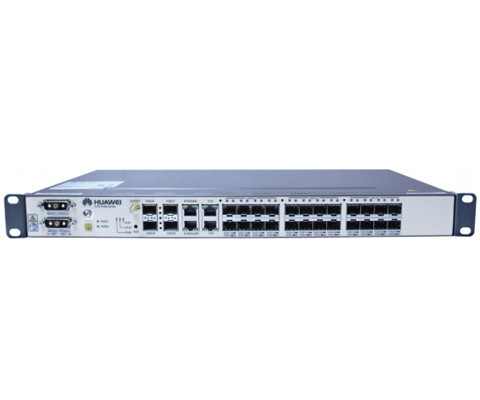Methods For Connecting A Router To A Layer 3 Switch
As a company that provides the Huawei ATN-910 Router, let's use the ATN-910 Router as an example to teach you how to connect routers and Layer 3 switches.
1. The router performs one-arm routing, and the Layer 3 switch acts as a Layer 2 switch. It only divides VLANs and uses routers for VLAN communication.
2. SVI:
Layer 3 switches divide VLANs and configure virtual IP addresses for each VLAN to implement data communication between VLANs.
In addition, a VLAN is added, and the virtual IP address is configured on the same network segment as the intranet interface address of the router, and the port connected to the intranet interface of the ATN-910 Router is added to some VLANs.
One thing to note is that static routing or dynamic routing should be configured on the Layer 3 switch to connect to the router so that each VLAN can go out through the router. On the ATN-910 Router, there must also be a backhaul route routed to each VLAN.

3. The Layer 3 switch configures the VLANs, configures the virtual IP address, and enables the IP routing function of a port that does not belong to any VLAN. That is, the interface functions as Layer 3 routing, and is connected to the router and interfaces with the intranet of the ATN-910 Router. The address is assigned the IP address of the same network segment.
With static routing or dynamic routing the routing address of each router on the network segment VLAN reached three switches, so that each VLAN can be accessed through the router to the external network. Backhaul routes to each VLAN are also required on the router.






